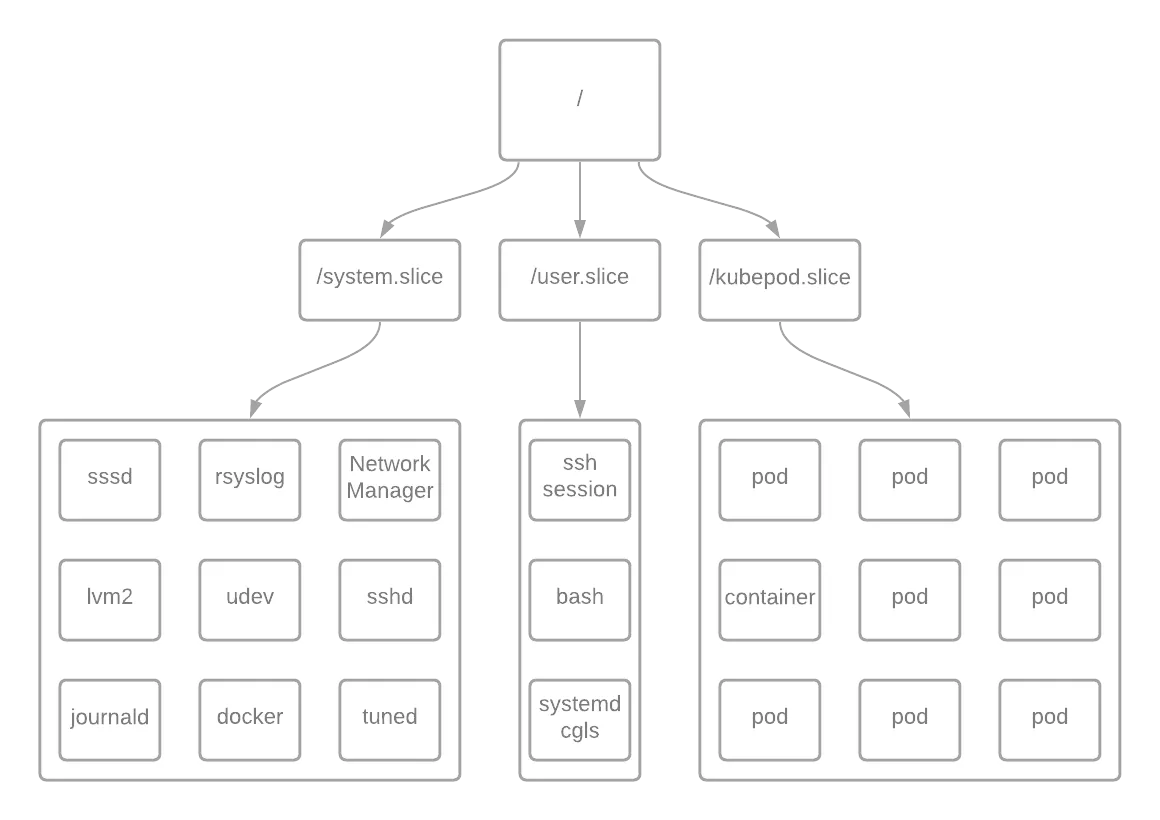In part one of this series, I discussed the basic concepts of cgroups and how cgroups help to manage performance and security on Linux servers. Here in part two, I discuss the CPUShares value and how it is used by cgroups. Don't forget that in part three I look at cgroup administration and in part four I conclude with cgroups as they interact with systemd.
A little about Linux Elevators
I'm going to take a very narrow focus on Red Hat Enterprise Linux (RHEL) for this section. However, in my quick look at the few Ubuntu boxes in my lab, I noticed similarities with the I/O scheduler. Therefore, some of my points could apply to other distributions, as well. Most of the Red Hat family of products (Fedora, CentOS, and RHEL) use either deadline or cfq as the default schedulers.
- Completely Fair Queuing (CFQ): Emphasizes I/O coming from real-time processes and uses historical data to decide whether an application will issue more I/O requests in the near future.
- Deadline: Attempts to provide a guaranteed latency for requests and is particularly suitable when read operations occur more often than write operations. There is one queue for reads and one for writes. Operations are completed based on time spent in the queue, and the kernel will always try to process requests before their maximum amount of time has elapsed. Read operations take precedence over write batches by default.
With that in mind, RHEL tends to use cfq for SATA-based drives and deadline for all other cases by default. This plays an important role in tuning your system. These schedulers can be changed, of course, and you should investigate your workload and pick the scheduler that best suits your task(s). It is also worth noting that a scheduler can be chosen per block device. This means that you could have multiple schedulers on a single system, depending on how your disks are configured.
[ You might also like: Setting up containerized SSH servers for session recording with tlog ]
CPUShares
The CPUShares value provides tasks in a cgroup with a relative amount of CPU time. Once the system has mounted the cpu cgroup controller, you can use the file cpu.shares to define the number of shares allocated to the cgroup. CPU time is determined by dividing the cgroup's CPUShares by the total number of defined CPUShares on the system. This CPU time math gets quite complicated, so let's look at some diagrams to clarify things.

The above diagram represents some of the most common elements on a RHEL 7 OpenShift Container Platform control plane server. Every process on this system starts with the / cgroup.
In RHEL, this begins with the root / cgroup with 1024 shares and 100% of CPU resources. The rest of the resources are divided equally amongst the groups /system.slice, /user.slice, and /kubepod.slice, each with an equal weight of 1024 by default, as seen below:

In this scenario, the logic is pretty straight forward: Each slice can use only 33% of the CPUShares if all cgroups are demanding shares simultaneously. The math is pretty simple:

And when you plug in the numbers:

However, what if you decided to nest groups or change the weight of groups at the same level? Below is an example of the nested groups:

In this example, you see that I have created a cgroup for different users. Here is where the math gets interesting. At first, you would think that the following equation would work just fine:

However, this is only 23% of the 33% allotted to the user.slice. That means user1 has approximately 7.6% of total CPU time based on these weights in the event of resource contention.
CPUShares just got complicated in a hurry. Thankfully, most of the other controllers are more straight forward than this one.
[ Getting started with containers? Check out this free course. Deploying containerized applications: A technical overview. ]
Wrap up
The CPUShares values can make cgroups seem really complex. That's part of why I wanted to cover CPUShares here. However, the proper use of CPUShares helps you manage your system more efficiently and accurately.
In the next article of this series, I discuss cgroup administration. I hope that you'll continue following this series. In part four I'll wrap up our discussion with systemd and cgroups.
저자 소개
Steve is a dedicated IT professional and Linux advocate. Prior to joining Red Hat, he spent several years in financial, automotive, and movie industries. Steve currently works for Red Hat as an OpenShift consultant and has certifications ranging from the RHCA (in DevOps), to Ansible, to Containerized Applications and more. He spends a lot of time discussing technology and writing tutorials on various technical subjects with friends, family, and anyone who is interested in listening.
채널별 검색
오토메이션
기술, 팀, 인프라를 위한 IT 자동화 최신 동향
인공지능
고객이 어디서나 AI 워크로드를 실행할 수 있도록 지원하는 플랫폼 업데이트
오픈 하이브리드 클라우드
하이브리드 클라우드로 더욱 유연한 미래를 구축하는 방법을 알아보세요
보안
환경과 기술 전반에 걸쳐 리스크를 감소하는 방법에 대한 최신 정보
엣지 컴퓨팅
엣지에서의 운영을 단순화하는 플랫폼 업데이트
인프라
세계적으로 인정받은 기업용 Linux 플랫폼에 대한 최신 정보
애플리케이션
복잡한 애플리케이션에 대한 솔루션 더 보기
가상화
온프레미스와 클라우드 환경에서 워크로드를 유연하게 운영하기 위한 엔터프라이즈 가상화의 미래
